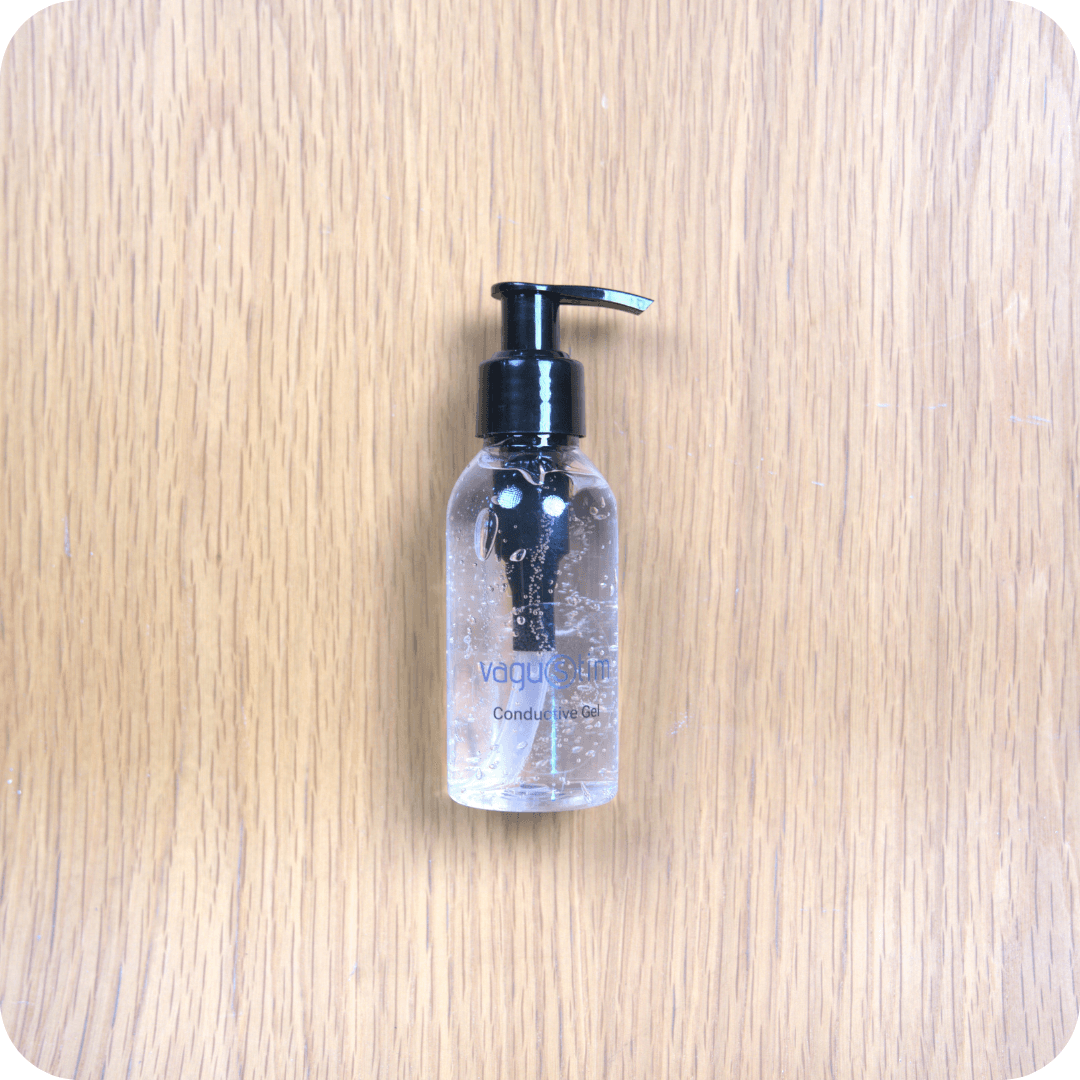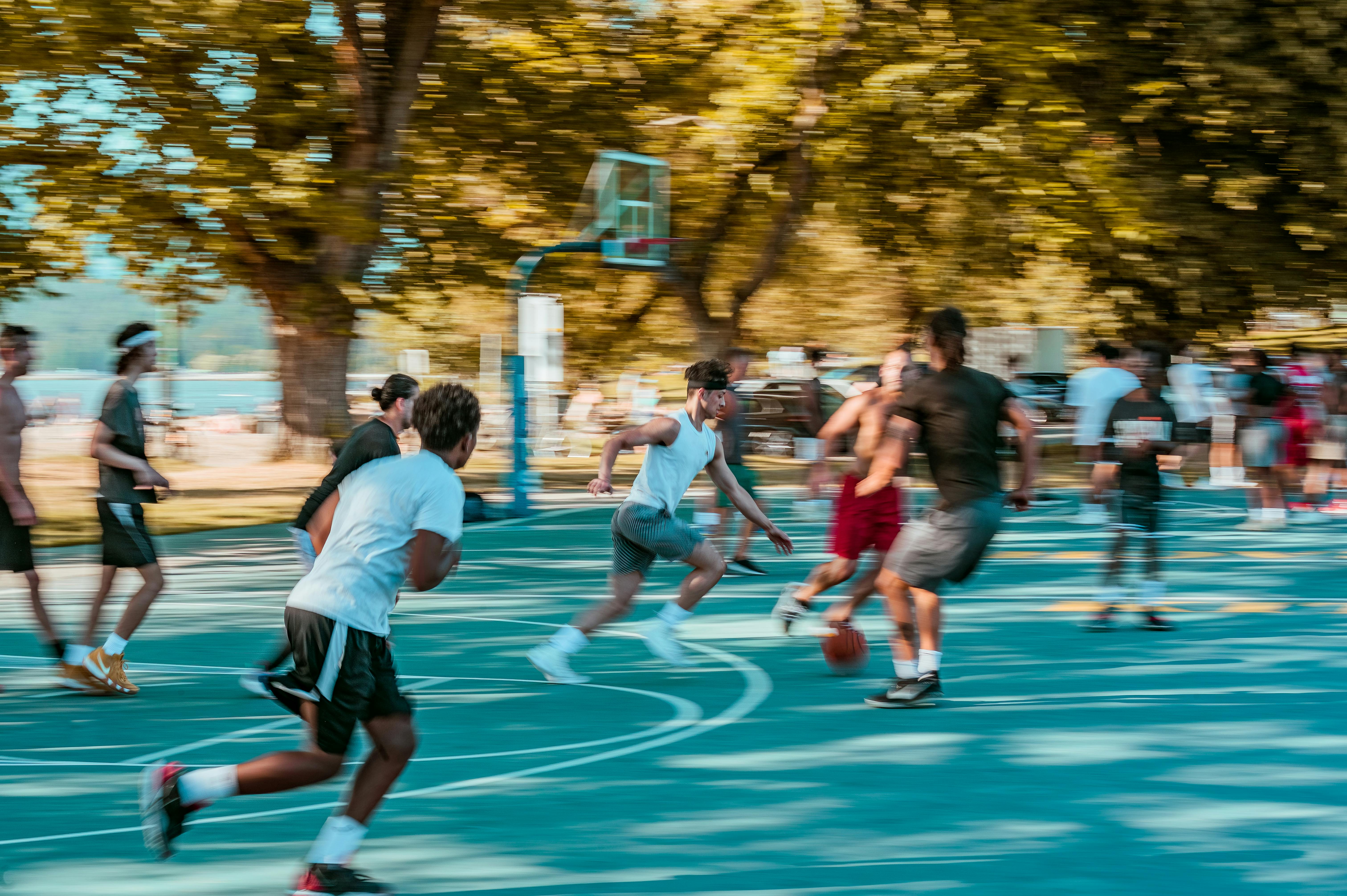The Hidden Link Between the Ear and Athletic Excellence
Auricular vagus activation is emerging as a surprising yet powerful tool in the world of athletic performance and recovery. By targeting a small area within the ear where branches of the vagus are accessible, auricular vagus activation can trigger parasympathetic pathways that influence heart rhythm, internal recovery, and metabolic balance. According to Özden et al. (2024), activating this key zone may help athletes achieve better endurance, faster recovery, and even enhanced focus—all without invasive procedures or pharmaceutical interventions.
Can an Earbud Make You Stronger? The Science Behind Auricular Vagus Activation in Young Cyclists
Experimental data now supports what anecdotal evidence had hinted at: auricular vagus activation may support endurance and reduce perceived exertion during activity. In a controlled study by Hatik et al. (2023), published in Brain and Behavior, the effects of transcutaneous auricular vagus activation were assessed in young, physically active adults during cycling tasks. The results demonstrated significant improvements in both power output and endurance, alongside reduced perceived exertion. These findings suggest that non-invasive vagus activation could offer athletes a competitive edge, enhancing performance without additional physical strain.
Boosting Exercise Recovery Without Breaking a Sweat: How Vagus Activation Supports Faster Recovery
Recovery is a vital component of athletic performance, and vagus activation offers a natural way to support it. According to findings by Ylikoski et al. (2023), non-invasive activation of the vagus may help the body return to a balanced, restful state after exercise. This shift supports physical restoration, reduces post-exercise fatigue, and helps the body recover more efficiently. As part of a regular wellness routine, vagus activation can complement rest and nutrition to promote faster, deeper recovery after physical exertion.
Recover Better, Faster, and Naturally with Vagus Activation
Traditional methods like rest, sleep, and nutrition remain the foundation of recovery. Vagus activation, however, adds a new dimension by helping the body return to a balanced state more quickly. According to Özden et al. (2024) and Hatik et al. (2023), regular post-exercise use may support physical relaxation and a quicker return to baseline energy levels—helping individuals feel more refreshed and ready for their next activity.
Redefining Recovery and Performance with Vagus Activation
As wearable wellness technologies evolve, auricular vagus activation is emerging as a promising tool in modern performance and recovery routines. With growing evidence supporting its ability to enhance relaxation, physical restoration, and mental clarity, this method is gaining attention across the wellness and sports communities. The synergy between neuroscience and self-care is opening new paths—where tuning the nervous system may become as routine as stretching before a workout.
Conclusion
Auricular vagus activation represents a new chapter in enhancing physical and mental wellness. Supported by early research and increasing real-world use, this gentle yet effective approach may influence how we approach preparation, recovery, and overall physical well-being. As scientific understanding deepens, vagus activation may become a key part of everyday wellness routines.
Keywords:
Auricular Vagus Activation, Athletic Performance, Recovery,Parasympathetic Activation, Non-Invasive Activation, Exercise Tolerance, Biohacking, Sports Science
References:
1. Güçlüer, Ö., Hatik, S. H., Arslan, M., Demirbilek, Ö., & Özden, A. V. (2024). A new method for sportive performance and recovery: Auricular vagus nerve stimulation. Vagustim Health Technologies. https://vagustim.io/blogs/publications/a-new-method-for-sportive-performance-and-recovery-auricular-vagus-nerve-stimulation
2. Hatik, S. H., Arslan, M., Demirbilek, Ö., & Özden, A. V. (2023). The effect of transcutaneous auricular vagus nerve stimulation on exercise performance in young healthy adults: A randomized controlled trial. Brain and Behavior, 13(1), e3332. https://doi.org/10.1002/brb3.333
3. Ylikoski, M., Kiviniemi, A. M., Tulppo, M. P., & Hautala, A. J. (2023). Non-invasive vagus nerve stimulation and exercise capacity in healthy volunteers: A randomized trial. European Heart Journal. Advance online publication. https://doi.org/10.1093/eurheartj/ehaf037




